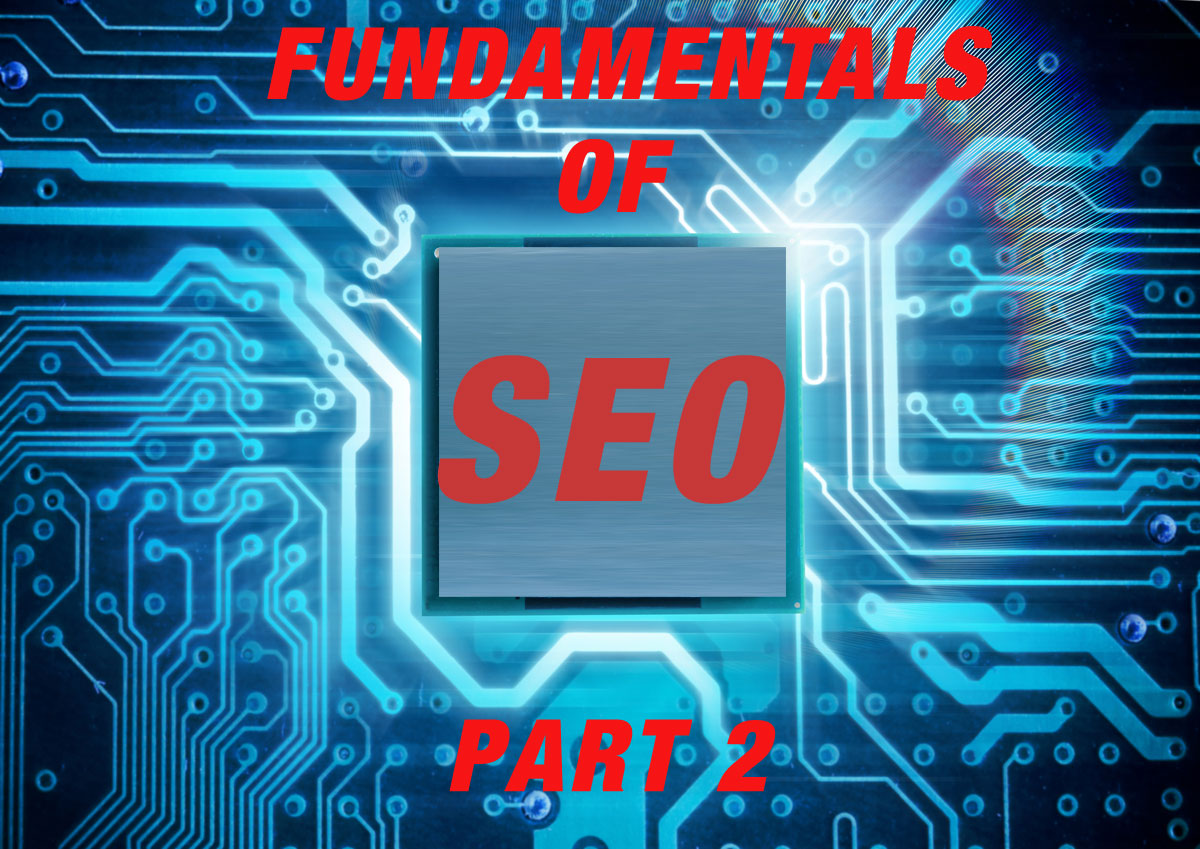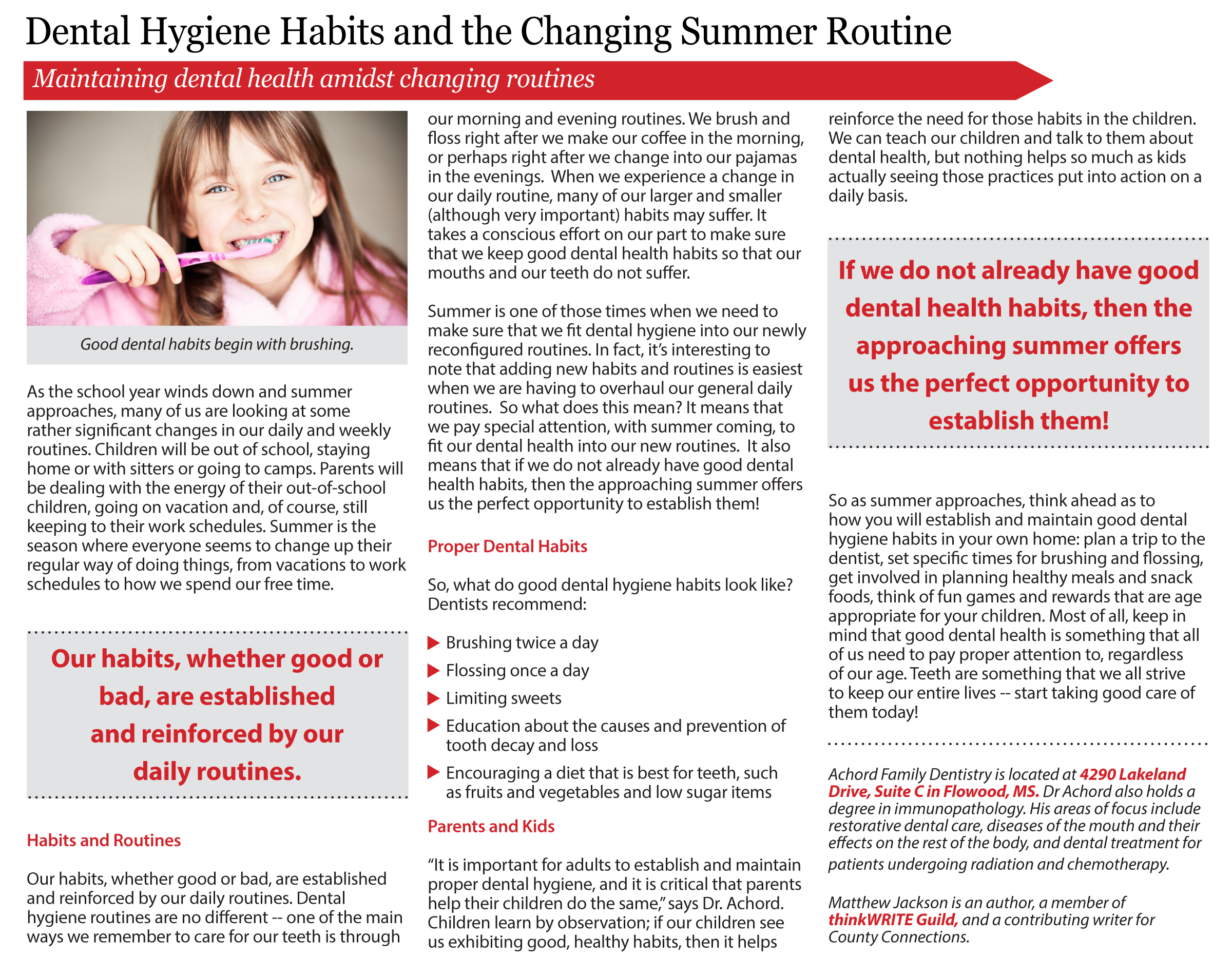As the internet marketplace has exploded in popularity and revenue, businesses are gradually moving more and more of their marketing and advertising budgets into online marketing. To effectively use that money, business owners need to understand advertising on the internet – what it is, what it isn’t, what it can and can’t do, and especially what forms of advertising are most effective for reaching their target audience.
We can subdivide online advertising into many particular categories – search engine optimization (SEO), search engine marketing (SEM), email marketing, local online marketing, banner ads, social media optimization (SMO), online video marketing, pay per clicks ads (PPC) like Google Adwords, and others. So here is a brief touch on many of the different marketing types available for your business to attract customers online:
Online Marketing Categories
– we’ve already looked at the basics of SEO in two articles here on our blog (here and here)
– email marketing is a great online marketing method, with tons of research showing effectiveness, and many resources showing how to best use email marketing in your industry. We plan to do an article on this in the near future, but until then, a good resource to get started with is this Search Engine Watch article.
– local online advertising is more important than ever before because of people using their mobile devices for search, and the up and coming semantic web. A good article on this can be found at Search Engine Land here.
– banner ads, though considered by many to be fading in effectiveness, can still be used successfully by many businesses. A good resource to get started thinking about them is this Resource Nation article.
– SMO, social media optimization, is a great way to advertise online, and falls outside of the ‘norms’ that most companies focus on, so it has even more potential as a largely untapped resource. SMO will help get traffic to your website, but you have to be sure you have good landing pages ready to make the conversion, turning your ads into dollars. We’ll be looking at this more in depth in another article, but here’s a good place to begin getting your head around SMO in this Social Media Today article.
– Online Video Marketing is a great way to boost traffic for one simple reason: people love videos! Figure out a way to use video in your marketing campaigns, and you’ll immediately have the upper hand on many of your competitors. This Social Media Examiner article gives great advice for using online video marketing.
Pay Per Click
And finally, pay per click (PPC) advertising. PPC is an outstanding way of bringing in clients and customers for your business. PPC is scalable, allowing you to spend just as much money as you can afford to spend. You simply set up your ads, set your budgets, and let the software handle the rest. Then, as revenue grows, you can increase both your budget and your business.
We’ll be discussing PPC more in depth in our next post, so stay tuned!






















